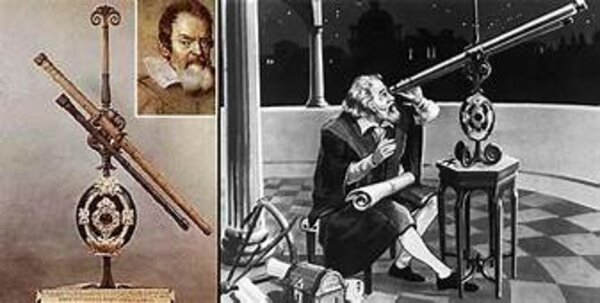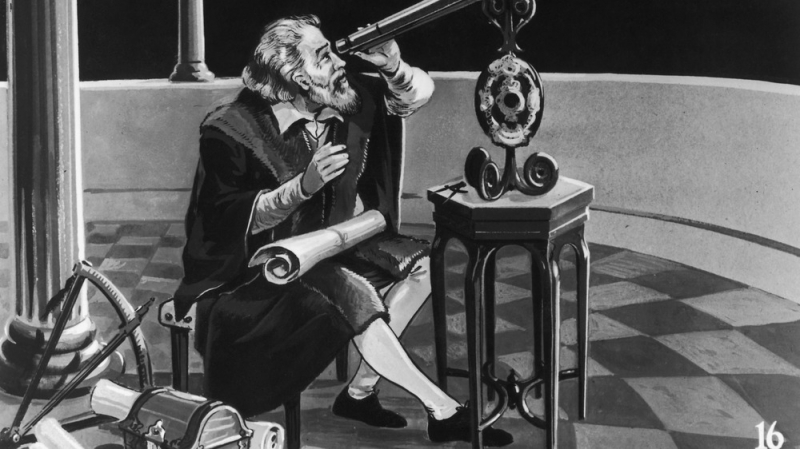He wasn’t the inventor of the telescope but made it even better.
The following year, Galileo constructed a telescope with a magnification of roughly three times, based largely on hazy descriptions of the first workable telescope that Hans Lippershey had sought to patent in the Netherlands in 1608. He subsequently produced enhanced versions with magnifications of up to 30x. The Galilean telescope, also known as a terrestrial telescope or a reconnaissance telescope, allows users to view magnified, vertical images of Earth. He is one of the few persons who can construct a telescope that is suitable for that function, so he can also use it to study the sky for a while.
Galileo created his own instrument using the original telescope's descriptions as a guide. The best telescopes can magnify a picture by around 30 times without causing visual distortion, according to the more than 60 telescopes he developed. He gave the Venice legislators a demonstration of one of his first telescopes on August 25, 1609, with a magnification of roughly 8 or 9. His telescopes served as a supplemental tool for Galileo, who sold them to traders who valued them as a commodity and a tool for use at sea. In a brief essay named Sidereus Nuncius, he published his maiden telescopic astronomical observations in March 1610.










